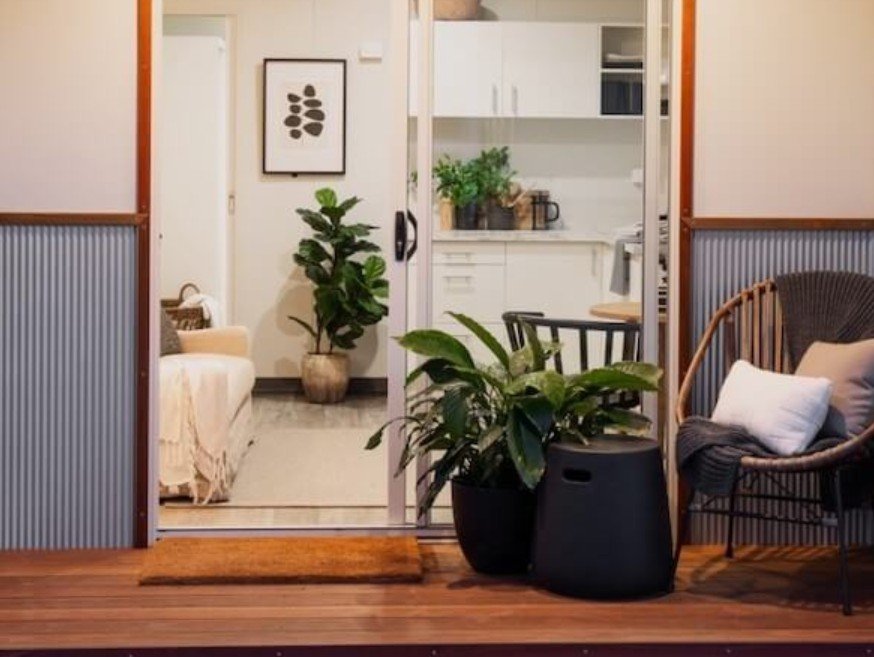Portable Houses: Transform Your Space Instantly
Portable Houses: Stylish Living Without Boundaries
Basic Information
In an era where flexibility and efficiency are highly valued, portable houses have emerged as a practical solution for individuals and businesses alike. These innovative structures offer the perfect blend of mobility, functionality, and sustainability, making them a popular choice for a variety of applications. From temporary housing to commercial setups, portable houses are changing the way we think about space and design.
What Are Portable Houses?
Portable houses are prefabricated structures designed for easy transport and quick installation. Unlike traditional buildings, they can be relocated without significant effort or expense. Constructed with lightweight yet durable materials, these structures maintain the comfort and safety of conventional homes while providing unmatched flexibility.
The concept of portable houses is not entirely new; modular construction techniques have existed for decades. However, recent advancements in materials, design, and energy efficiency have elevated their appeal, making them a viable long-term solution for many.
Key Features of Portable Houses
Several features make portable houses a standout option:
1. Flexibility and Mobility
One of the primary advantages of portable houses is their inherent mobility. Whether you need a temporary residence, a site office, or an event space, these structures can be relocated with ease. This flexibility eliminates the constraints associated with permanent construction.
2. Quick Installation
Time is a valuable resource, and portable buildings are designed to save it. Most units can be installed within a matter of days, reducing the delays often experienced in traditional construction projects. This rapid setup is particularly beneficial for disaster relief, seasonal projects, and remote locations.
3. Cost-Effective Solution
Constructing a conventional building involves substantial investment, labor costs, and time. Portable houses, on the other hand, offer an economical alternative without compromising quality. Their prefabricated nature reduces material wastage and ensures predictable expenses, making them ideal for budget-conscious projects.
4. Sustainability
Environmental considerations are becoming increasingly important in architecture. Portable buildings are often built with eco-friendly materials and designed to minimize energy consumption. Additionally, their reusable nature reduces the need for continuous construction, contributing to a smaller carbon footprint.
Applications of Portable Houses
The versatility of portable houses allows them to serve multiple purposes across residential, commercial, and recreational sectors:
Residential Use
For those seeking temporary or seasonal housing, portable houses provide an immediate solution. They are perfect for vacation homes, guest accommodations, or transitional living spaces. With customizable interiors, residents can enjoy the comfort and style of a traditional home while benefiting from portability.
Commercial and Industrial Use
Businesses increasingly turn to portable buildings for offices, retail outlets, and storage facilities. The ability to set up a functional workspace quickly can significantly enhance operational efficiency. Construction sites, in particular, rely on portable offices to support staff and equipment without long-term commitments.
Emergency and Humanitarian Aid
During natural disasters or emergencies, portable houses offer immediate relief by providing safe and comfortable shelter. Relief organizations use these structures to quickly establish temporary housing for affected communities, enabling a swift response while permanent solutions are developed.
Recreational Spaces
Portable houses also find applications in the recreational sector, including campgrounds, resorts, and event venues. Their mobility allows operators to adapt layouts to seasonal or demand changes, ensuring efficient use of space and resources.
Advantages Over Traditional Buildings
While conventional construction has its place, portable houses offer distinct advantages that cannot be overlooked:
-
Time Efficiency: Reduced construction time translates into faster occupancy or utilization.
-
Adaptability: Structures can evolve with changing needs, unlike permanent buildings.
-
Lower Environmental Impact: Prefabricated components and reusable materials contribute to sustainability.
-
Reduced Costs: Minimal labor and material expenses make portable houses an economical choice.
Choosing the Right Portable House
Selecting the appropriate portable building depends on several factors:
-
Purpose: Residential, commercial, or emergency use dictates design and features.
-
Size and Layout: Space requirements and occupant needs determine dimensions.
-
Materials: Durability, insulation, and maintenance considerations affect material choice.
-
Budget: Cost-efficiency should be balanced with quality and longevity.
Consulting with reputable manufacturers or suppliers can help ensure that the selected structure meets both functional and aesthetic requirements.
Future Trends in Portable Housing
As urbanization continues and space constraints increase, portable houses are likely to play a growing role in modern living. Innovations such as smart-home integration, modular expansions, and renewable energy solutions are expected to enhance their utility further. Moreover, increasing awareness of environmental sustainability will continue to drive demand for these adaptable, eco-conscious structures.
Conclusion
Portable houses represent a transformative approach to space utilization, offering flexibility, speed, and sustainability in a rapidly evolving world. From residential comfort to commercial efficiency and emergency relief, their applications are diverse and impactful. By combining practicality with modern design, portable buildings are not just a temporary solution—they are a forward-looking choice that can redefine the way we live and work.
Incorporating portable houses into your space planning strategy can be a smart investment, delivering immediate benefits and long-term adaptability without the limitations of traditional construction. As innovation continues to reshape the building industry, portable houses are poised to become an essential part of contemporary architecture.


